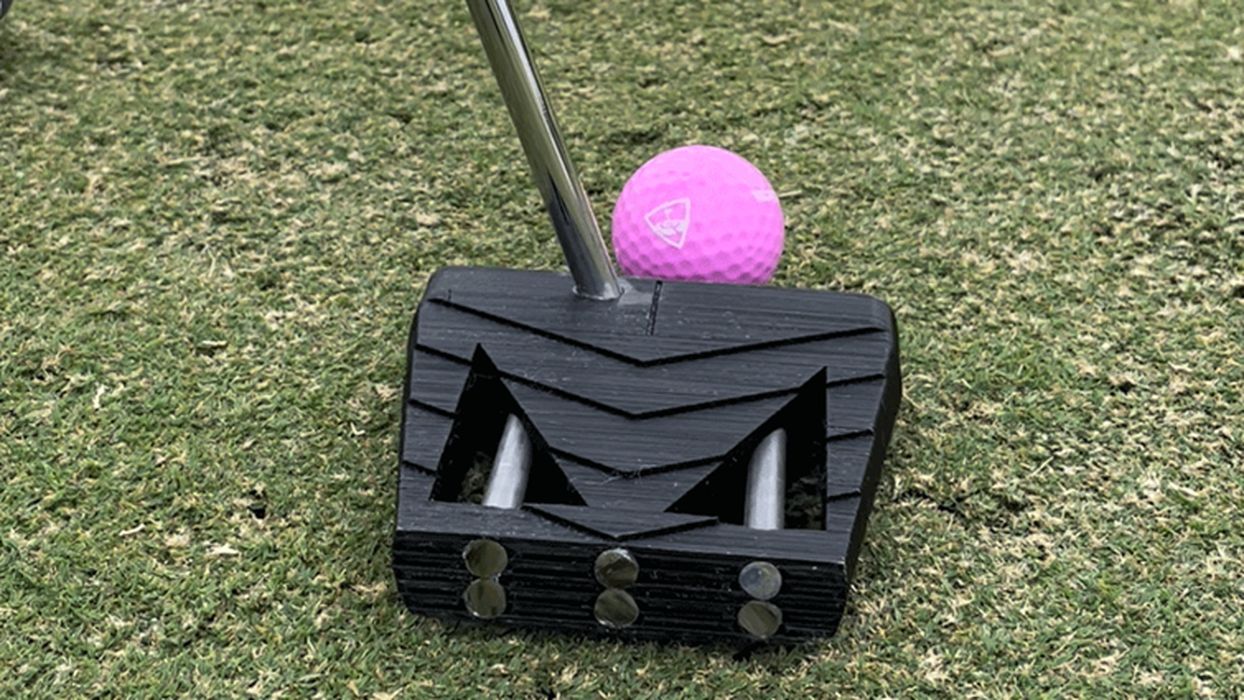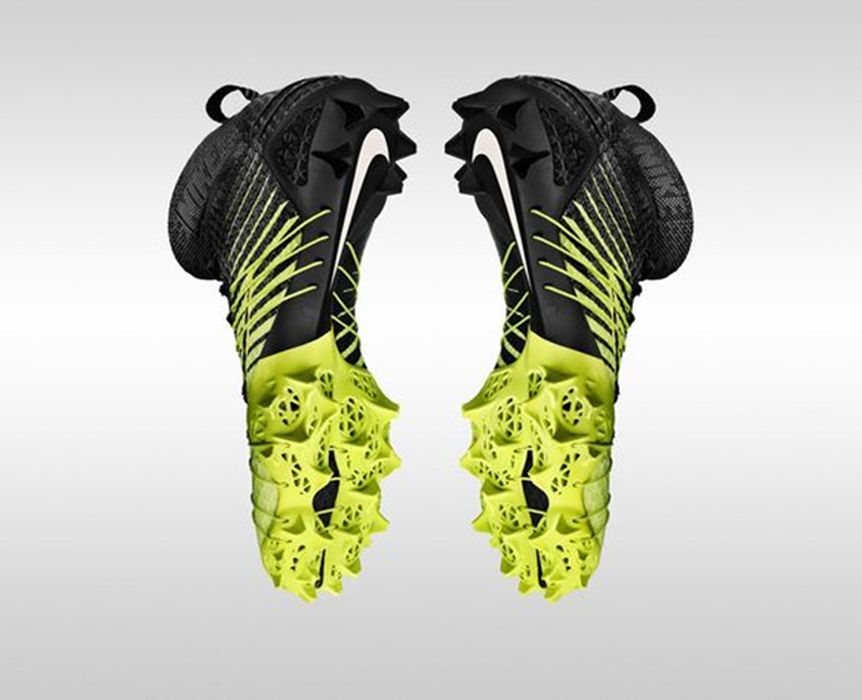
Charles R. Goulding and Preeti Sulibhavi discuss how 3D printing can be used to benefit women’s sports.
Women’s sports have historically suffered from underinvestment. This situation is unfortunate because there is strong demand and participation in women’s sports that has not been recognized.
One indisputable aspect of this conundrum is that women account for about half the population, so the opportunity is clear. Women athletes work just as hard, are just as committed, and break numerous records as well. There is a tremendous unfilled need.
The 3D printing industry can help improve investment in women’s sports by helping to improve equipment quality and safety.
Golf
Golf, as we have covered previously on Fabbaloo, has multiple pieces of equipment and accessories that can be 3D printed. At Texas A&M University a student, Katie Calderon, depicted her journey (via TikTok) from avid golfer to 3D printing engineer. She 3D printed a putter and illustrated how she was able to combine both of her passions, engineering and golf, to create 3D printed putters.

Track and Field
In track and field, there are several items that could be 3D printed, including hurdles, discuss’, shot puts, and pole vaults. Not to mention sneakers for which we have covered several brands including: Adidas, Allbirds, Nike, Puma, and even the HERON01, 3D printed slip-on sneaker.
Basketball
There is no reason for players like Brittney Griner to go and play in foreign leagues in order to supplement their income, when there is an avid fan base at home. Griner’s ordeal in Russia brought a spotlight on this issue as many were wondering why such a talented player would go to Russia to play a leading American sport.
There are a variety of sports items that can be 3D printed in basketball starting from the basketball itself to the hoops. Uniforms can also be 3D printed as we have covered textiles and fabrics on Fabbaloo before.
Soccer
Soccer, or Football (as it is known globally), is a worldwide sport and generates more interest than any other women’s sport, with 22 percent of respondents to a Statista survey responding affirmatively.

This is a huge opportunity for the 3D printing industry. Everything from the soccer ball, the net, shin guards, cleats and accessories to carry these items can be 3D printed. The opportunities here are both in fame and in fortune.
Field Hockey
Field hockey is another sport that women excel in and is also fun to watch. Equipment for field hockey players includes hockey sticks, pucks, shin guards and cleats as well. Many of these items are either plastic, polymer or composites and can easily be 3D printed for enhanced features and functionality. The lightweight yet durable nature of 3D printed products means equipment that is safer and more user-friendly.
Sports Innovation Labs
According to Sports Innovation Lab’s (SIL) “The ROI of Women’s Sports: A Blueprint for Value Investing,” 62% of Gen Z fans indicated that they would watch more women’s games if they were more accessible and easier to find. SIL found that proper branding and marketing would help overcome such barriers.
When asked if brands planned on increasing women’s sports media & sponsorship the positive response was 83% by those surveyed. SIL’s findings indicated if such barriers were overcome, and attitudes remained positive, that the Return on Investment (ROI) for women’s sports could be tremendous. According to Deloitte, women’s elite sports could generate more than $1 billion in global sales in 2024, and annually thereafter. This development increases the opportunity for the 3D printing industry to have a positive impact.
The Research & Development Tax Credit
The now permanent Research and Development (R&D) Tax Credit is available for companies developing new or improved products, processes and/or software.
3D printing can help boost a company’s R&D Tax Credits. Wages for technical employees creating, testing and revising 3D printed prototypes can be included as a percentage of eligible time spent for the R&D Tax Credit. Similarly, when used as a method of improving a process, time spent integrating 3D printing hardware and software counts as an eligible activity. Lastly, when used for modeling and preproduction, the costs of filaments consumed during the development process may also be recovered.
Whether it is used for creating and testing prototypes or for final production, 3D printing is a great indicator that R&D Credit eligible activities are taking place. Companies implementing this technology at any point should consider taking advantage of R&D Tax Credits.
Conclusion
Much of the success of women’s sports lies in its fan base. Currently, enrollment in colleges and universities shows slightly more women than men in terms of population growth. That means more women are participating in college sports. With more investment in women’s sports anticipated, we believe that the 3D printing industry should not overlook an opportunity to tap into this market.
